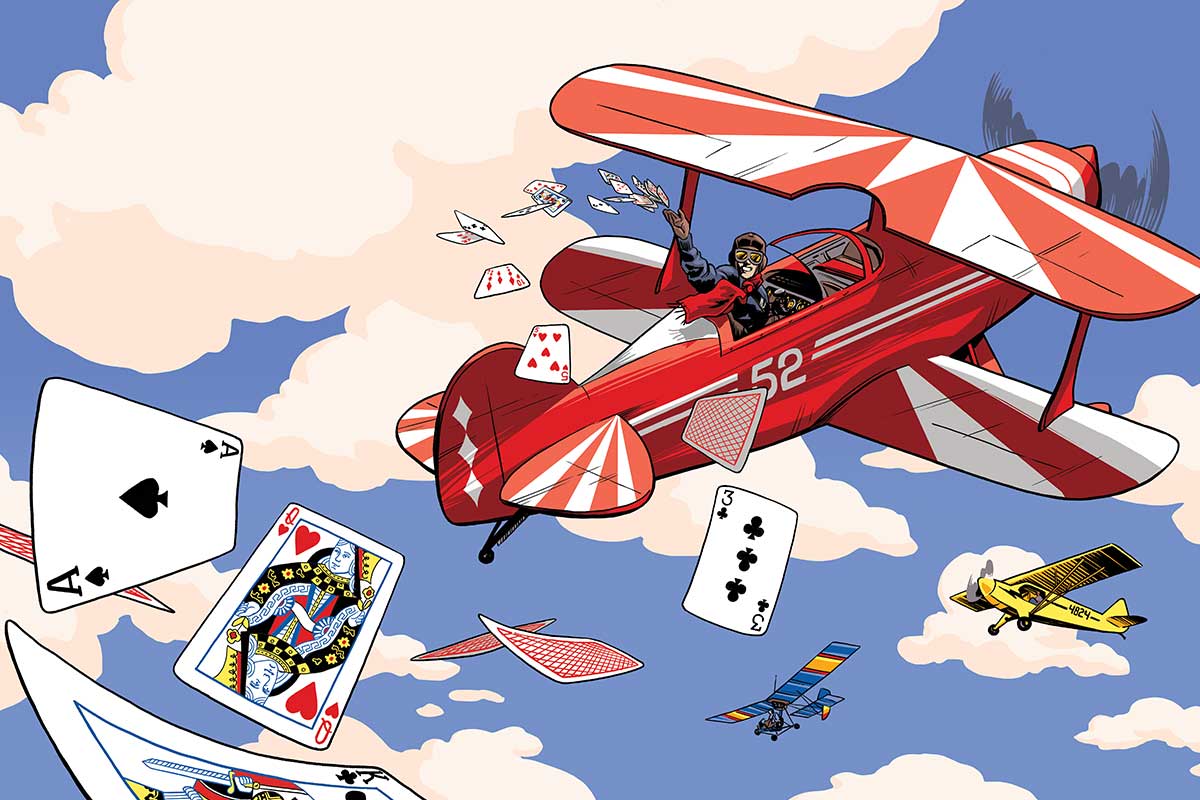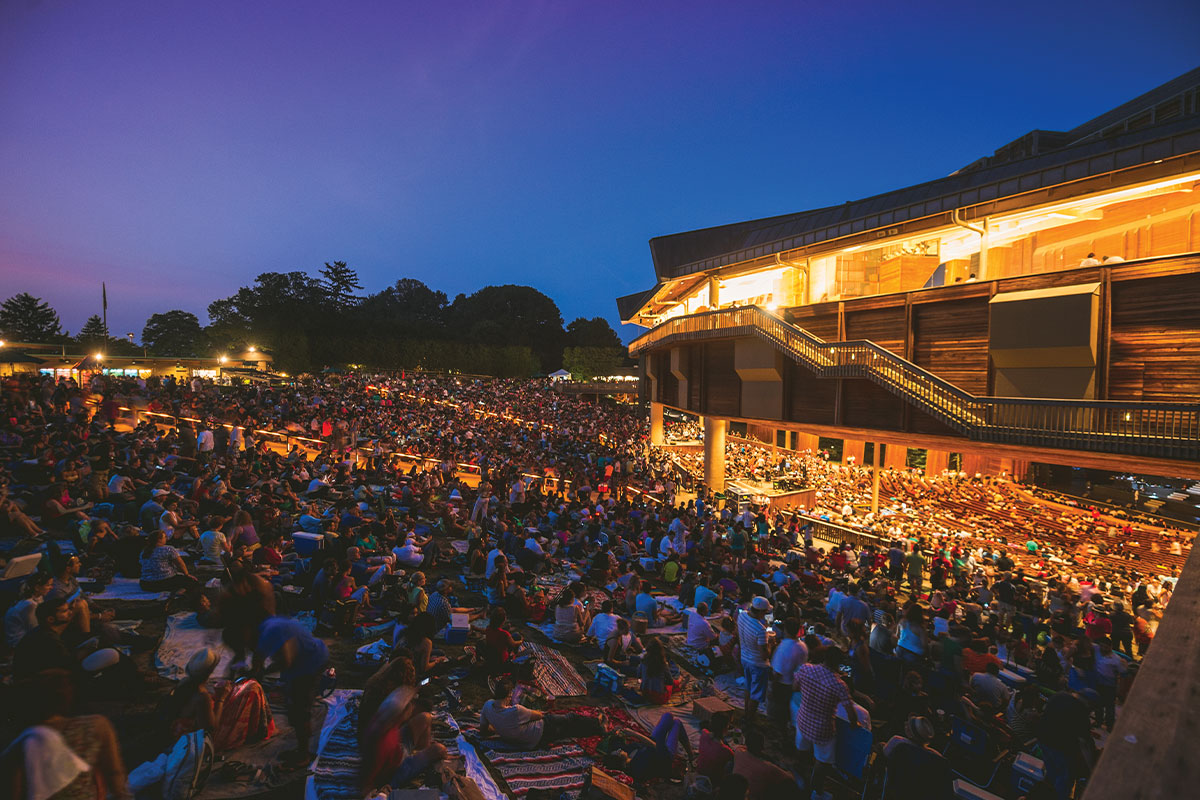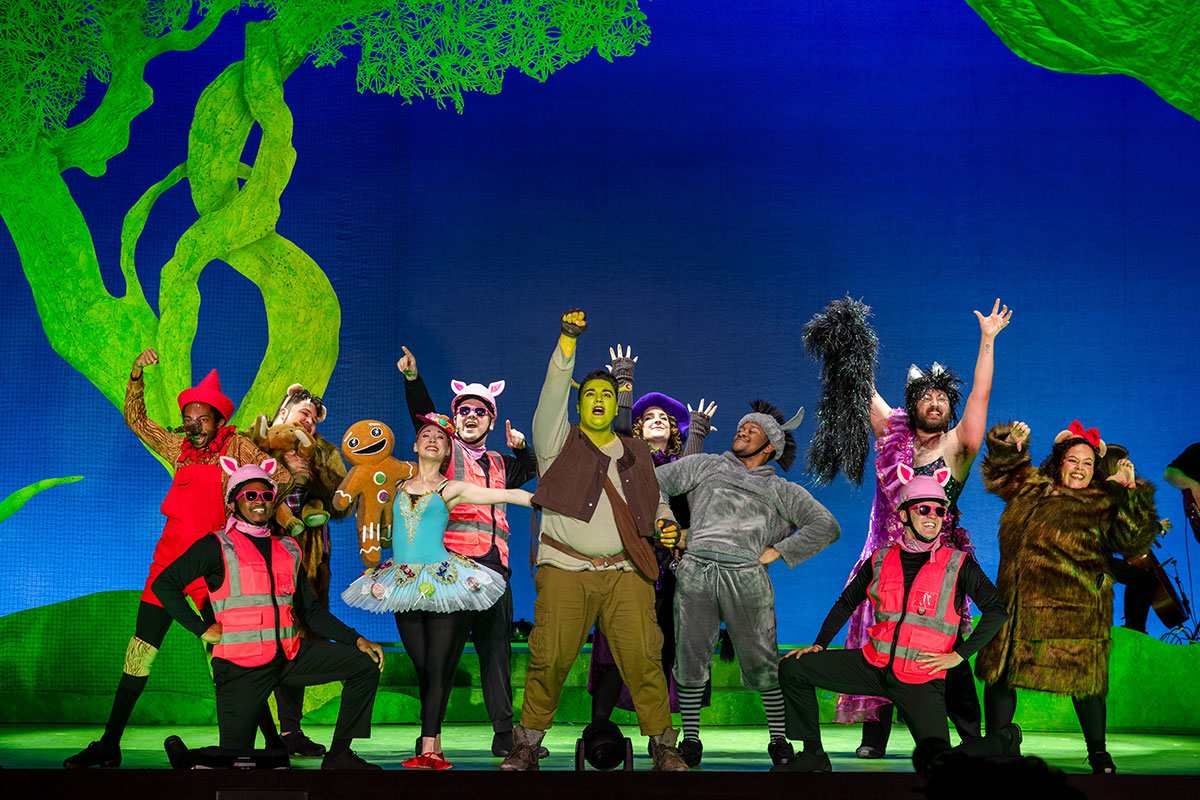It’s not uncommon for various types of organizations to host poker runs. But have you ever heard of a poker run in the sky? Northern Virginia–based Flying Club 1, which is celebrating 41 years, takes players up high to deal the winning hand.
For the uninitiated, a poker run involves competitors who travel to and through several checkpoints, collecting playing cards as they go. When everyone has completed the circuit, they get together and show their cards. The best hand wins the jackpot.

“You’ve heard of the $100 hamburger?” Flying Club 1 president Steve Beste asks, repeating a joke familiar to pilots. “That’s when you fly off to some airport that has a restaurant, and you buy a hamburger, and you fly back. This is like that, but with playing cards.”
Beste, a retired “computer guy at the National Archives” who lives in Springfield, is also the chief wrangler for the annual flying poker run. It’s his job to create the routes, gain permissions from airfield
owners, and alert the club’s roughly 55 members that the game is afoot — or aloft.
Depending on who is in town, Poker Run Day can draw two pilots on an iffy day or as many as 17 pilots and passengers, as happened in 2014. A variety of small planes are involved, but nothing as big as, say, a Piper Cub, the small aircraft familiar to casual plane spotters. (Too heavy for this purpose and usually not insurance-friendly.)
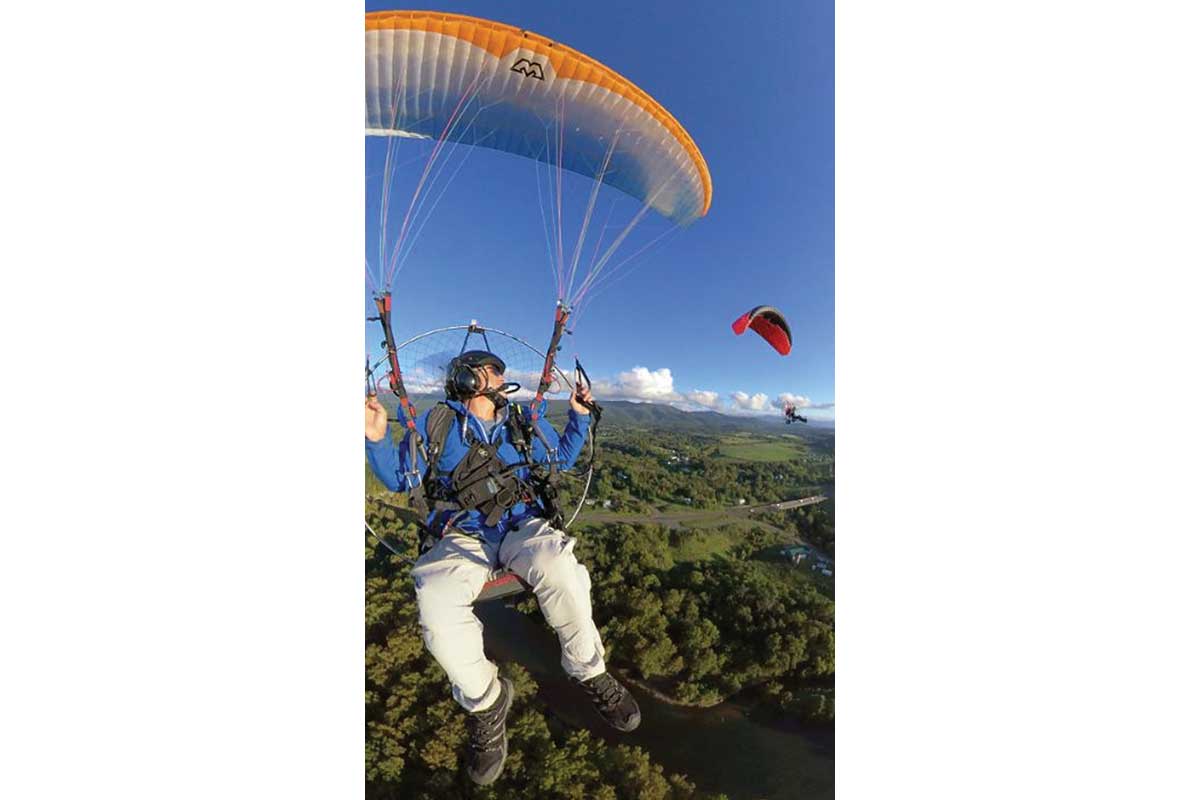
The first takeoff on Poker Run Day is at 8 a.m. on a weather-permitting Saturday in spring or early summer — this year’s run is scheduled for June 10 — and the final hand is usually revealed well before noon. Those little planes only have so much fuel and horsepower, which means the poker players aren’t flying very fast, far, or high.
The poker run consists of five locations, one for each playing card in a hand of, say, Texas Hold ’em. The airfields — not airports — are designated on an aeronautical chart, with the farthest being at most 12 nautical miles away, or about 13 miles on the ground.
“So 45 miles or so total,” Beste says. “The speeds range from 45 miles an hour to 70, and going 1,000 feet up is normal.”
A thousand feet doesn’t sound very high, but, says Beste, at those speeds, “it’s going to take you too long to get [higher]. And there’s nothing up there except some clouds and some [general aviation] pilots whizzing around and not paying attention.”
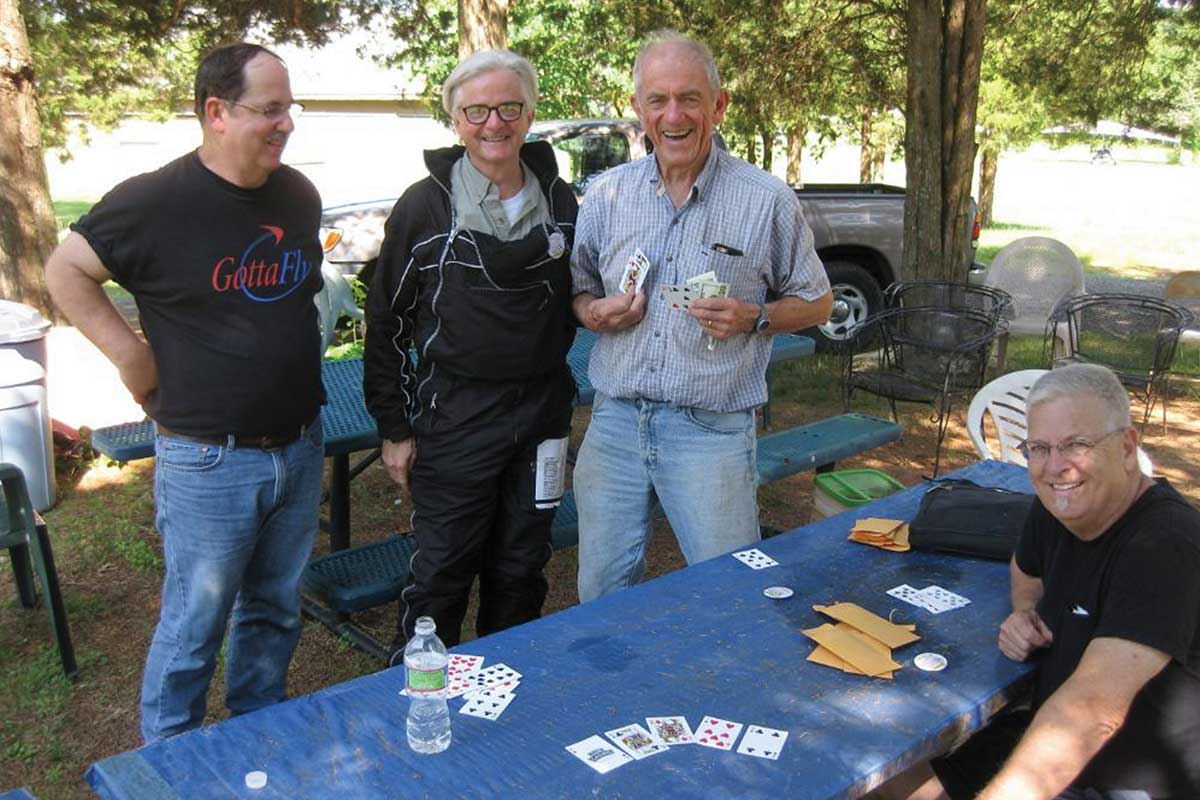
Beste’s aircraft is an ultralight Aerotrike Safari, built from a kit in South Africa in 1998. It has a fuel capacity of 10 gallons and can fly about 200 miles on a tank. Beste calls it “an overgrown hang glider with an engine.”
When it’s time to land and draw cards, the landing area is likely to be rural. Like, really rural.
“We’re landing in what are ordinarily hay fields,” Beste says. “Sometimes, they’ve just moved the cows off so we can land.”
Landing on the usual paved tarmac runways, such as the kind at regional airports, isn’t just boring for the pilots — it can also be expensive once they add up landing fees. Better to bring it down in a bucolic meadow that’s been mowed just for you. And having several airplanes in a field at once is “a lot more fun than just one straggling in,” he adds.
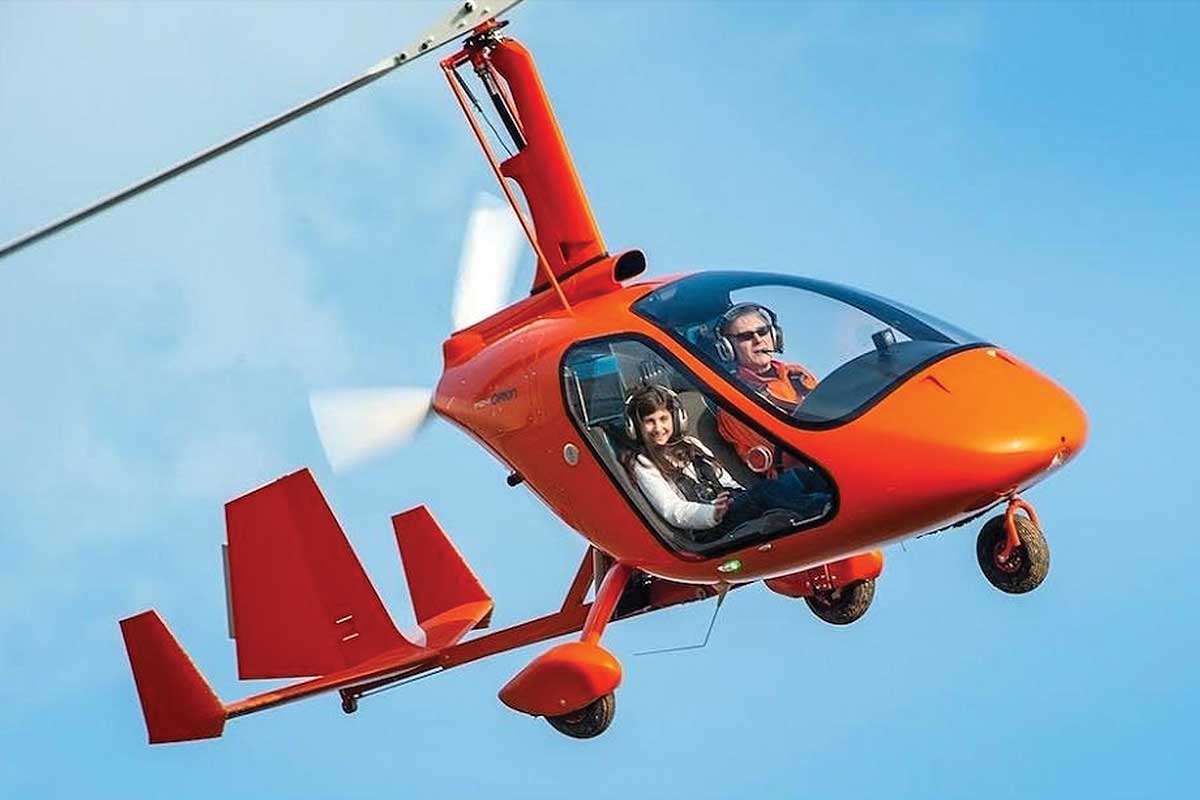
It takes on a festival atmosphere.
“At many of these fields, it’s a big deal for the owners,” he says. “They turn out and celebrate and take pictures, and bring the dog, and bring the kids.”
Beste and the other members of Flying Club 1 are not alone up there. According to the Experimental Aircraft Association, it has 900 local chapters, 875 of which are in the U.S. The EAA’s membership totals 264,000 in the U.S. and 270,000 worldwide. Flying Club 1 was an EAA member but later became the first to join the U.S. Ultralight Association, hence the name Flying Club 1. USUA has 648 active members, with 22 in Virginia.
Far from all flying club members own their own aircraft: Sometimes, pilots pool resources and go in as partners; others are not pilots at all but share an affinity for all things aviation and enjoy the camaraderie of fliers.
Flying Club 1 secretary Lucy Ooi (pronounced like the French word for “yes”) says the club “is good for socialization, even if you’re just interested in planes and not flying them. If you’re not interested in aviation, it might be a little boring because aircraft is pretty much all we talk about.”
Ooi, who studied aerospace engineering in college and now does test evaluations for the federal government, flies in the poker run with her husband, Allen Whatley, a consultant, in their pair of Aeronca Champions. Hers is from 1947 and his from 1946.
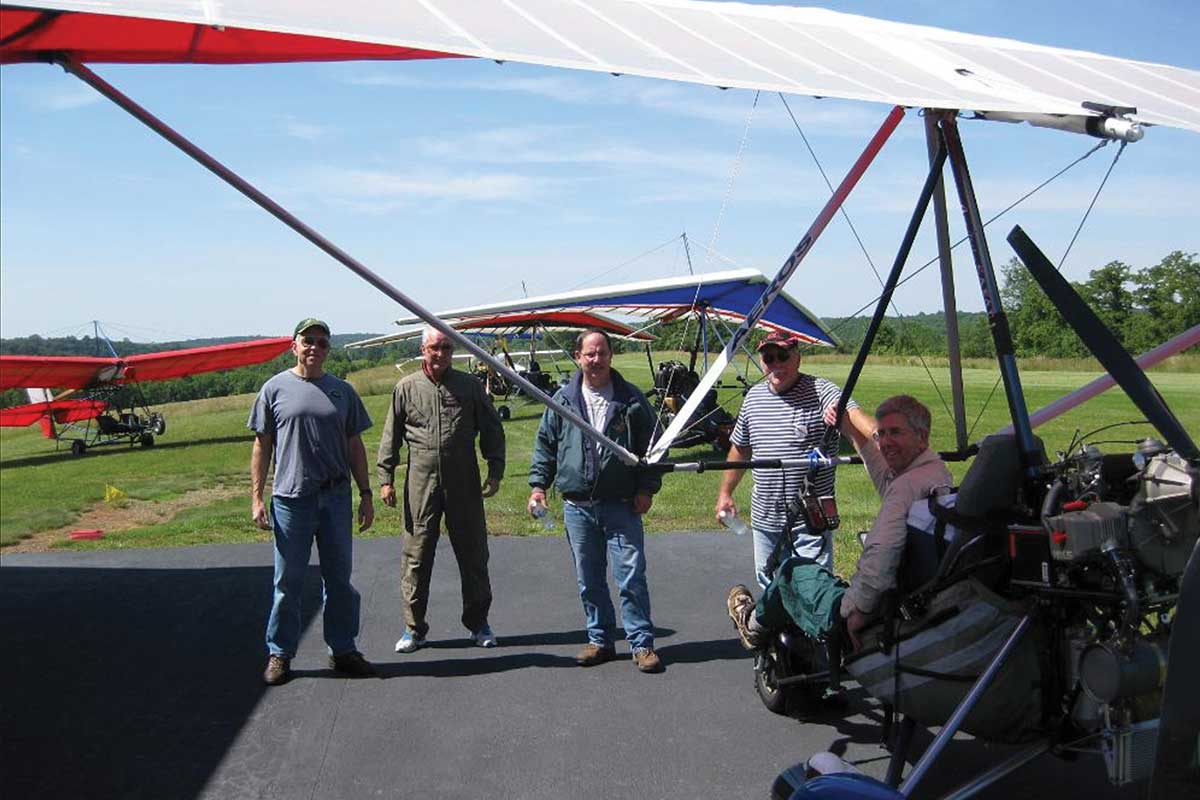
“They’re awesome,” she says from their home in the tiny village of Catlett, in Fauquier County. “They’re two-seat tail-draggers with tandem seating. The pilot sits in front, and the passenger sits in the back. Mine is actually a former military liaison plane. It’s pretty much windows all around, so it’s got a great view.”
Ooi says she’s flown in most of the poker runs in the last 12 years since buying her plane. A poker run day, she says, begins with a safety briefing on the routes where the participants make decisions as to which direction the planes will come in for landings and establish an order for takeoffs. “Then, we head out for the first strip, meet up there, get our [playing] cards, and we just keep doing that.”
Landing in a field gives pilots a chance to hone their skills. “You get to go to a lot of these little grass strips that you might not normally get to go to,” she says. “That’s a lot of fun. Each one has its own challenges. Some have trees on the end that you have to kind of pay attention to, things like that.
“But it’s just fun to hang out with people when we get to do this. It’s always a nice day, so it’s a fun time,” she says.
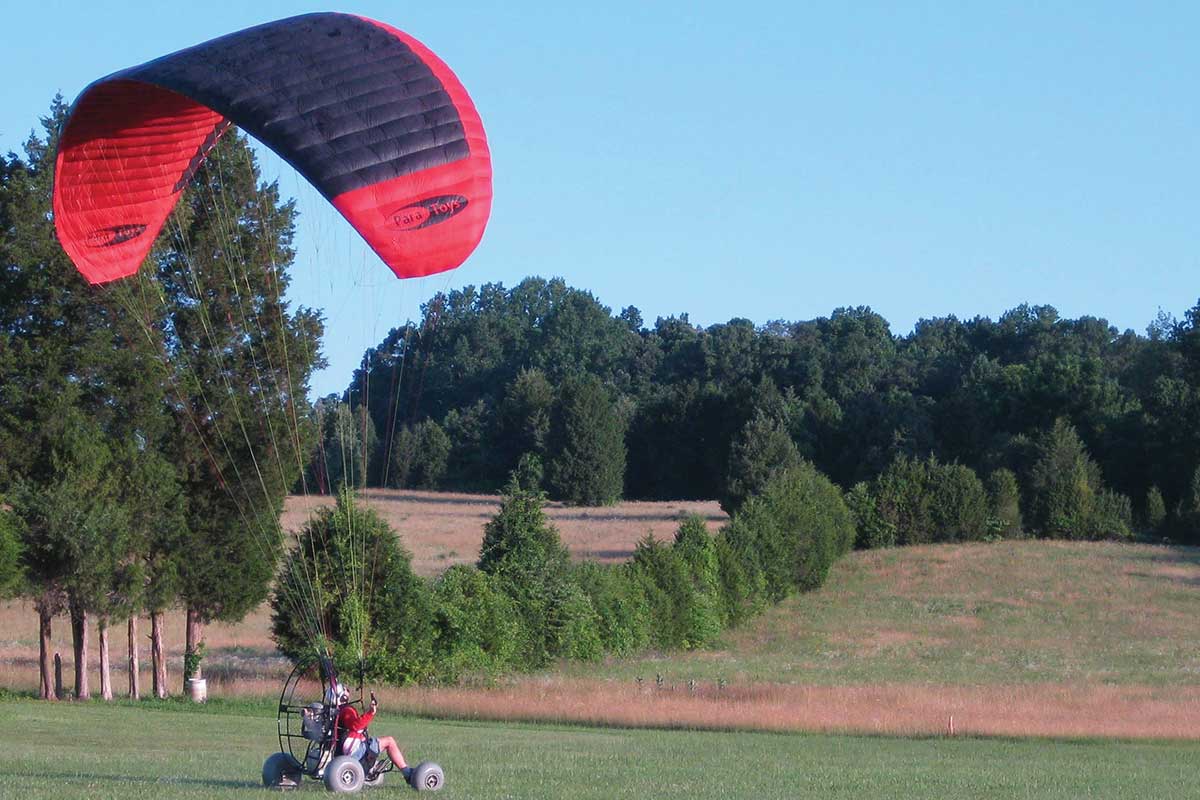
After all these years, she’s never had the winning hand at the end of a poker run. Not that it’s much of a loss: The ante is all of $5. The largest winning pot was $85, the year 17 people played.
And what’s the best poker hand a poker run player-pilot has, er, landed?
“Oh,” says Beste with a grin, “there was a royal flush.”
Which is remarkable. A royal flush is the best possible hand in poker; the odds of being dealt one is 0.000154 percent. You would have to play half a million hands before getting a royal flush.
Beste smiles again: “There was a little friendly cheating. He confessed immediately, and we all laughed.”
Feature illustration by James Boyle
This story originally ran in our June issue. For more stories like this, subscribe to Northern Virginia Magazine.

